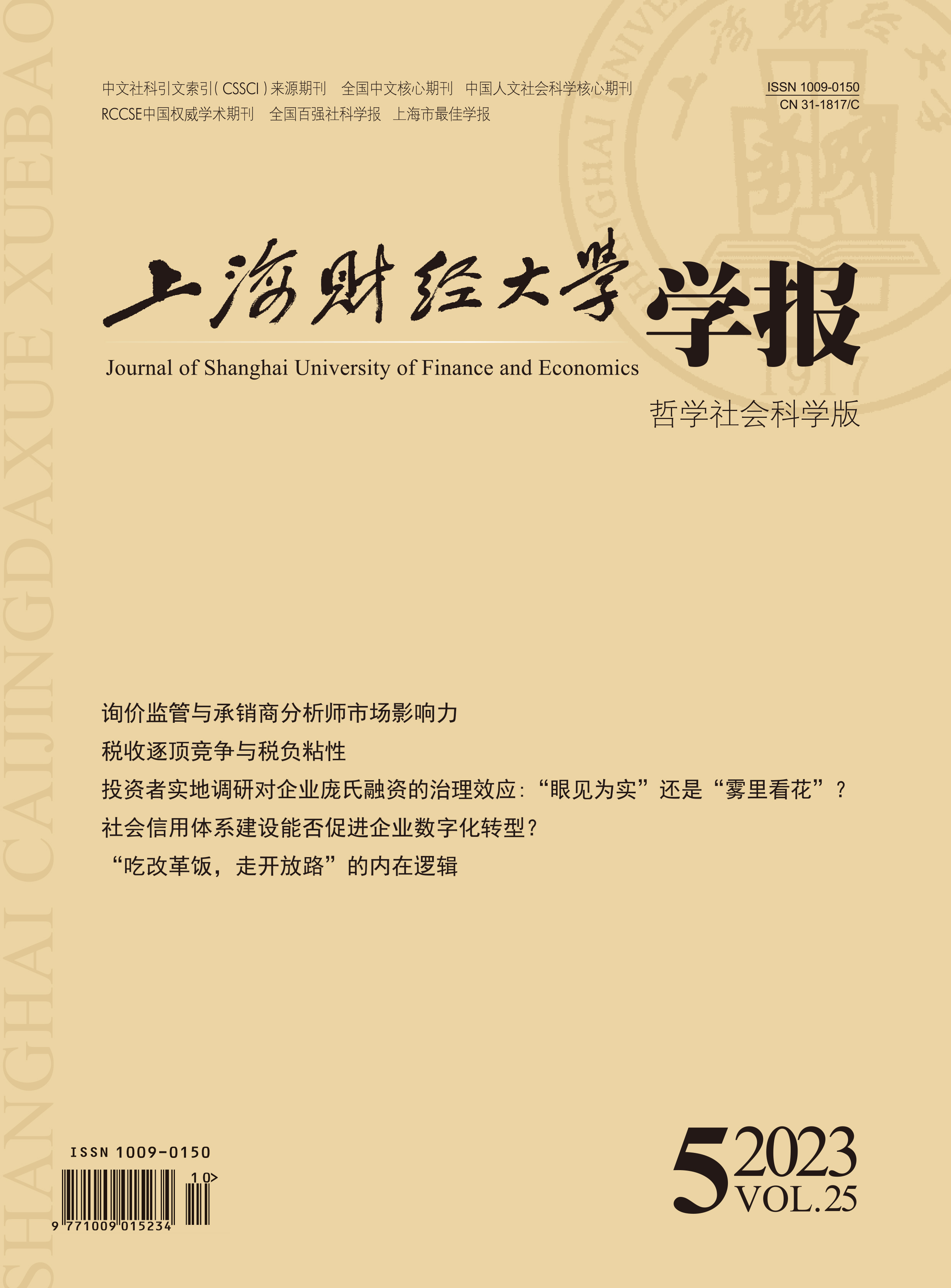In recent years, China’s R&D investment and innovation output have grown rapidly. However, there still exists a problem of “big but not excellent, and many but not strong” in the innovation field, which has led to insufficient investment in basic research and a single source of funding, becoming a key factor restricting the improvement of China’s independent innovation capability. Basic research is viewed as a “cold-shoulder” field, whose funding primarily relies on government investment, and the long-term absence of a system that supports the development of basic research through the joint efforts of all social entities urgently needs to be constructed. Against the background of further deepening the reform of the basic research system and accelerating the development of basic research to climb the new peak of building a technological power, media can play an important role in attracting social attention and expanding the channels for basic research funding and talent sources. Media is the core channel for the dissemination of social information. On the one hand, it helps to break down information barriers between basic research and the market, enabling innovative entities to grasp market demand in real time and accelerate the transformation of basic research achievements; on the other hand, it helps market investors to fully understand the prospects of basic research projects and guide social capital into the field of basic research. Media coverage and publicity of the successful cases of basic research will enhance the R&D enthusiasm of innovative entities. The monitoring function of the media can prevent the “misuse” and “abuse” of basic research resources. The public opinion orientation function of the media can transmit various positive information about basic research to talents, capital markets, and the general public, accelerating the construction of a comprehensive social system that supports the development of basic research. Based on this, this paper takes 30 provinces in China as research samples, and uses web crawling technology to collect more than 80,000 provincial-level news reports from the “China Core Newspapers Full-text Database” from 2004 to 2019 with “basic research” as the main theme, empirically testing the impact of media attention on regional basic research and its mechanism. The study finds that: First, the enhancement of media attention through the three paths of talent attraction, funding competition, and spatial spillover effect significantly promotes the increase of basic research output in various regions. Second, in regions with lower labor quality and less investment in basic research, media attention is more critical for enhancing the output capacity of basic research. Third, the improvement of marketization level can strengthen the positive role of media attention. Fourth, excessive attention to basic research by the media is not necessarily better and may breed a “hasty” wind, which restricts the development of basic research. This paper has important reference value for optimizing China’s basic research investment system, guiding the whole society to participate in basic research in a targeted manner, forming a good situation of diversified investment in basic research, and ultimately enhancing the output capacity of basic research.
 / Journals / Journal of Shanghai University of Finance and Economics
/ Journals / Journal of Shanghai University of Finance and EconomicsJournal of Shanghai University of Finance and Economics
LiuYuanchun, Editor-in-Chief
ZhengChunrong, Vice Executive Editor-in-Chief
GuoChanglin YanJinqiang WangWenbin WuWenfang, Vice Editor-in-Chief
Even the Fragrance of Wine Fears the Depth of the Alley: Media Attention and Basic Research Output
Journal of Shanghai University of Finance and Economics Vol. 25, Issue 05, pp. 77 - 91,121 (2023) DOI:10.16538/j.cnki.jsufe.2023.05.006
Summary
References
Summary
Cite this article
Yang Qiaochu, Yu Dianfan, Wang Jiaxi. Even the Fragrance of Wine Fears the Depth of the Alley: Media Attention and Basic Research Output[J]. Journal of Shanghai University of Finance and Economics, 2023, 25(5): 77-91.
Export Citations as:
For




 4784
4784  7046
7046

